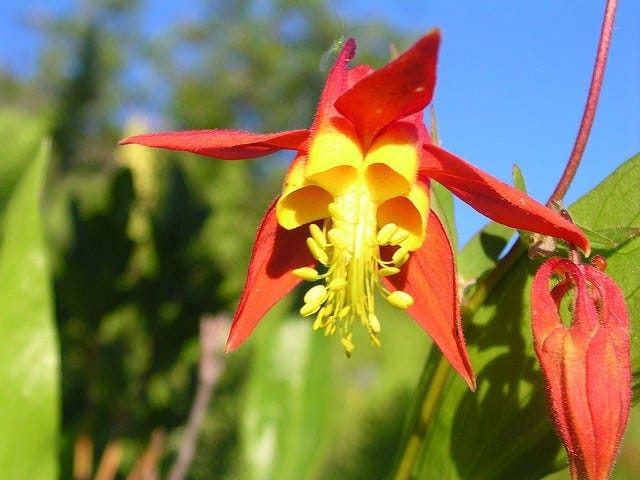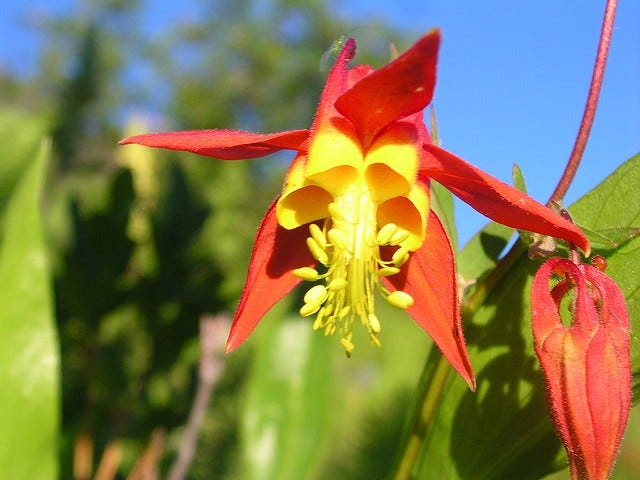
San Francisco is home to stunning architecture, beautiful landscapes and some of the most recognizable landmarks in the world. If you delve a little deeper, however, you’ll find that the city is also a land of beautiful, vibrant blooms. Allow us to introduce you to some San Francisco natives of the floral variety.
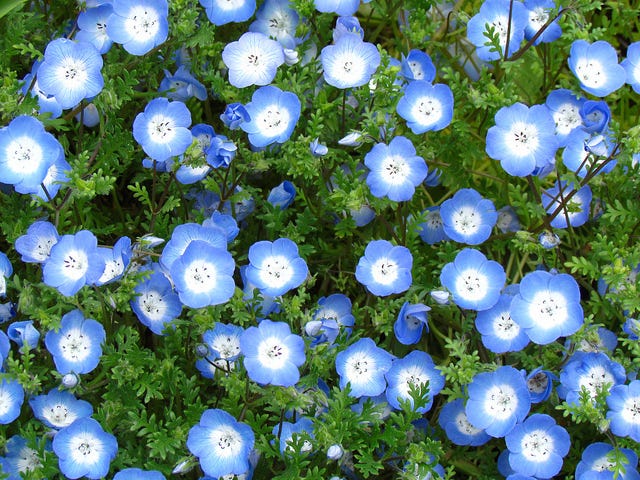
Baby Blue Eyes (Nemophila menziesii)
These annual wildflowers, named Mariana by the Spanish-Californians and also known as California Bluebells, are native to the coastal ranges of Oregon, California and Baja California, Mexico. Baby Blue Eyes bloom from February to June and have been historically seen in San Francisco on the slopes of Lake Merced and the Bayview Hills.
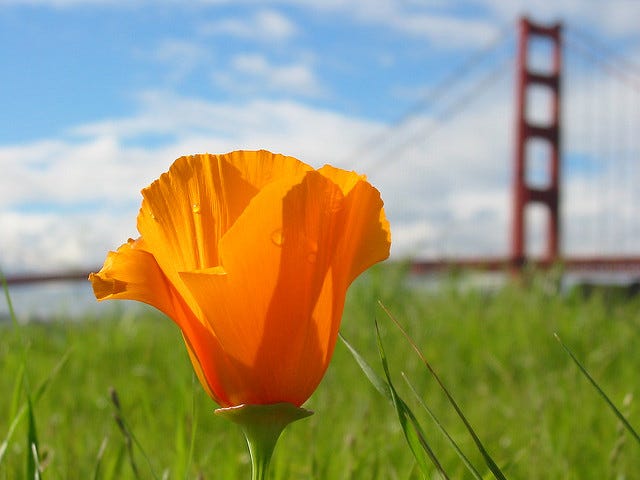
California (Golden) Poppy (Eschscholzia californica)
This golden beauty, also native to Oregon, California and Baja California, was voted the state flower of California in 1893 (made official in 1903). The Ohlone used poppies for several purposes, including a decoction for getting rid of lice. The flower, which grows as both a perennial and an annual, is also known as the Flame Flower, La Amapola, California Sunlight, Copa de Oro (cup of gold) and Dedal de Oro (thimble of gold), and can be seen all over the city. The long-held story that it is illegal to pick California poppies isn’t necessarily true, unless you pluck them from state-owned or federally owned property.
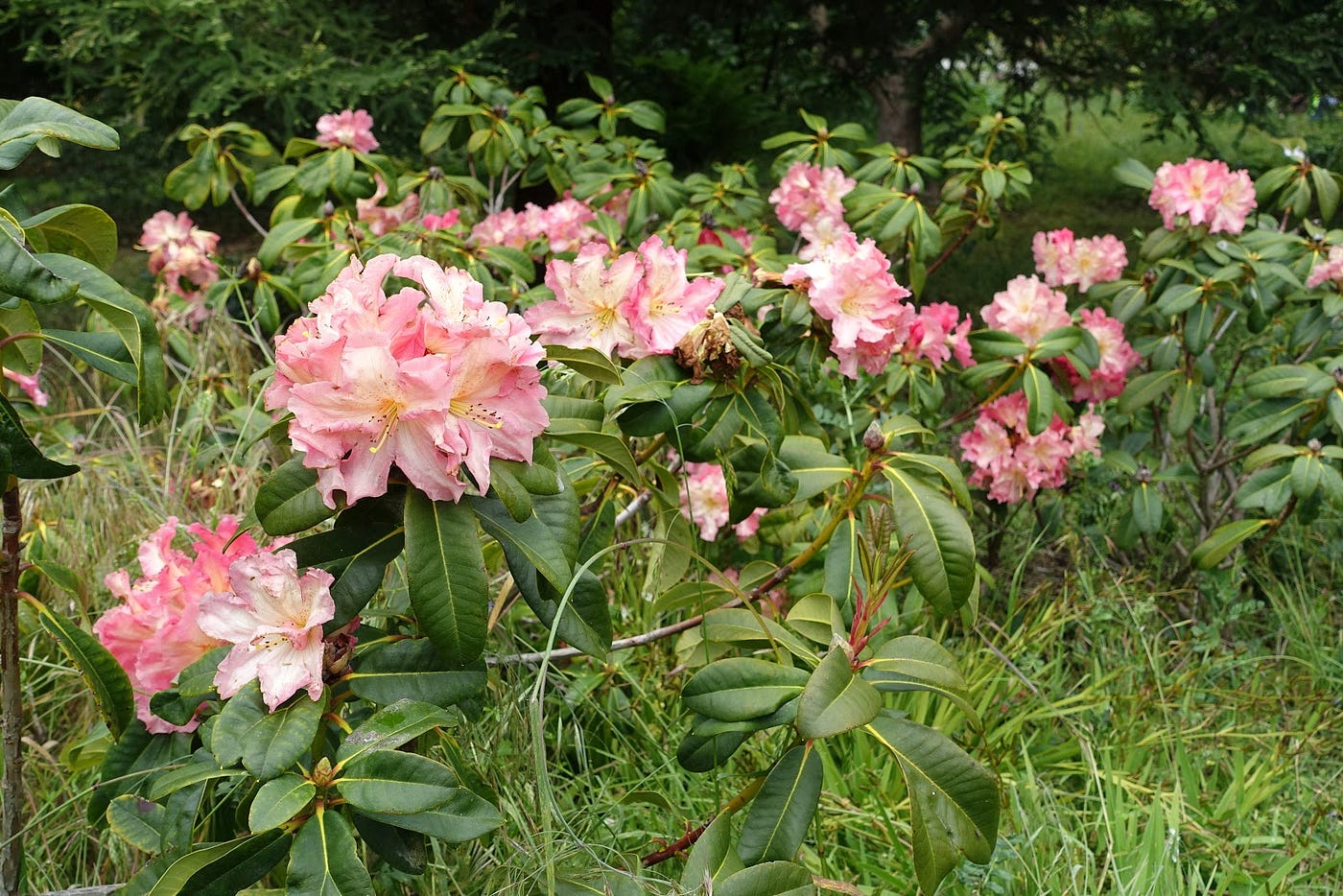
California Rhododendron (Rhododendron macrophyllum)
Speaking of state flowers, the California Rhododendron is the state flower of Washington. Also referred to as the Pacific Rhododendron, the Coast Rhododendron and the California Rosebay, among other monikers, this coastal, rosy shrub calls Washington, Oregon and California home. The flowers, which bloom from April to July, were the favorite flower of John McLaren, the superintendent of Golden Gate Park. In his honor, the John McClaren Rhododendron Dell was created in the ’50s, featuring over 850 varieties of Rhododendrons across 20 acres of land. If you want to capture the essence of this bold native flower, the dell would be the place to go.
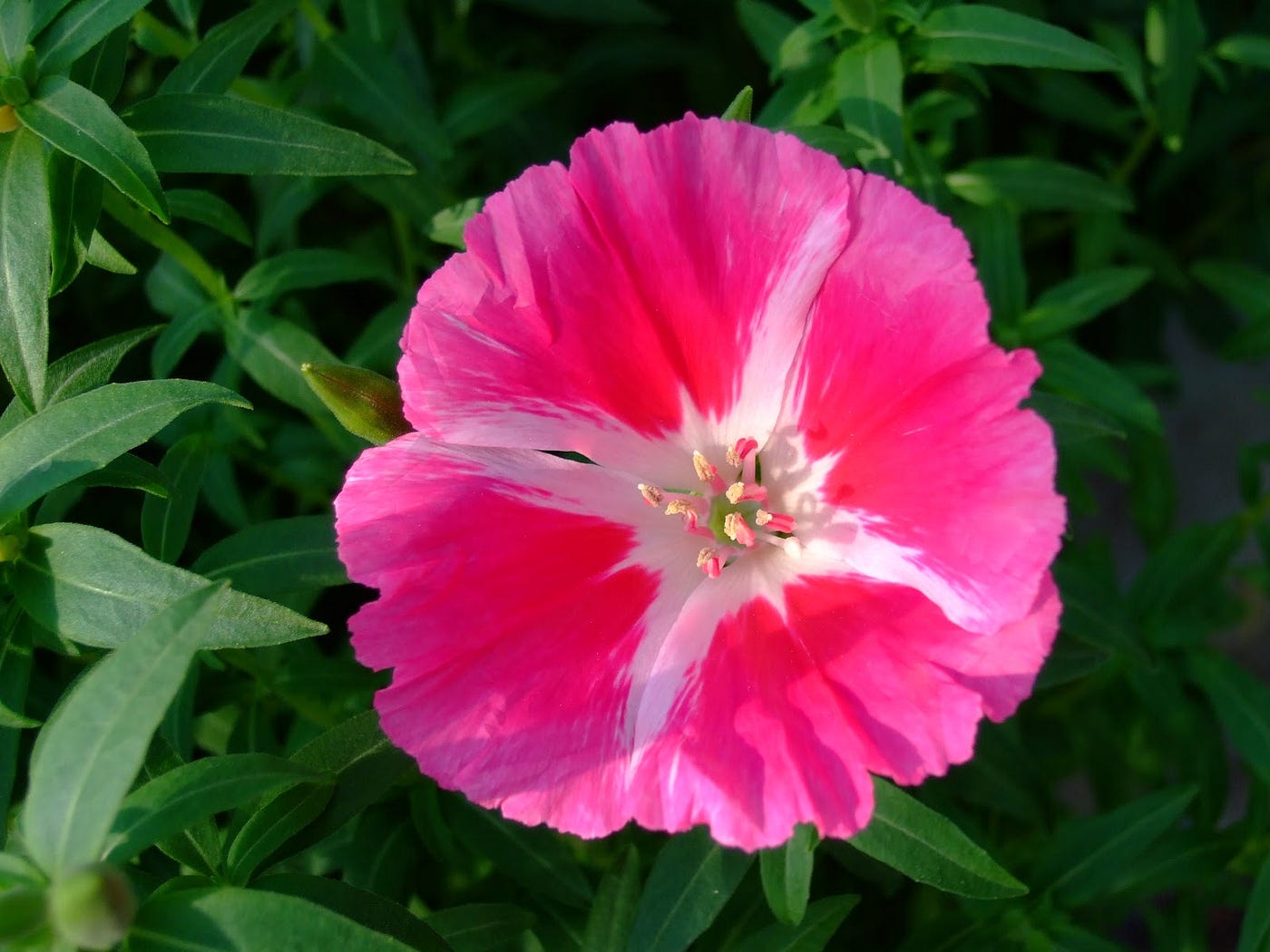
Farewell to Spring (Clarkia amoena)
Named after Captain William Clark of the Lewis and Clark Expedition, the Clarkia amoena is also called Farewell to Spring, Summer’s Darling and Herald to Summer because it starts to bloom right at the beginning of the summer. Another coastal flower, these are seen from British Columbia down to California. The Miwok would dry, parch and grind the seeds for food. The Presidio Clarkia is a type of Clarkia so endangered that the only place to see it in San Francisco is in the Presidio.
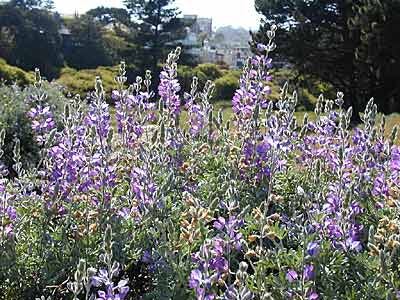
Lupine (Lupinus)
Different varieties of the colorful and towering Lupine thrive throughout San Francisco. The Lupinus albifrons (Silver Lupine) flower is one of the varieties that provides the endangered Mission Blue Butterfly with nourishment and can be seen in Fort Funston and Twin Peaks. The Lupinus chamissonis (Chamisso Bush Lupine) grows in Presidio’s Baker Beach, Lands End and Lake Merced. The lake is also host to two more types of Lupine: the Lupinus bicolor Lindl (Miniature Lupine) and the Lupinus arboreus Sims (Yellow Bush Lupine), which are also on view in the Presidio.

Yellow Sand Verbena (Abronia latifolia)
In 1824, Russian naturalist Ivan Eschscholtz saw this flower in the Presidio and gave it its name. A cheery yellow pom-pom of a flower, the Yellow Sand Verbena adds a pretty pop of color to the coastal dunes of California. The Ohlone used it in a tea for typhoid fever. Flowering from May until October, these blooms can be found at Crissy Field, Fort Funston, Ocean Beach and the “Sutro dunes,” Baker Beach and Lands End.
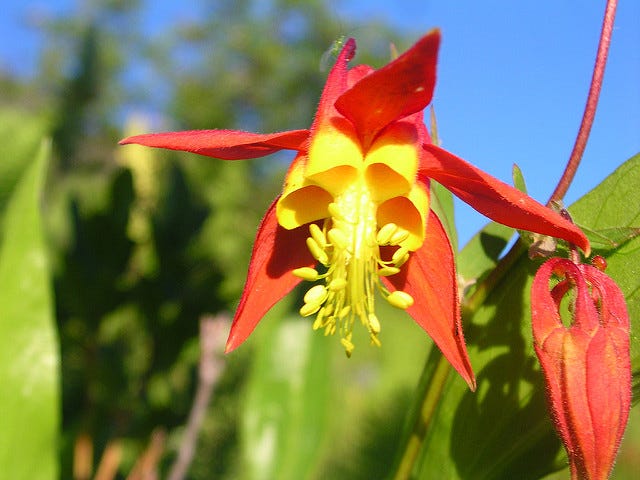
Western Columbine (Aquilegia formosa)
The months of April to August usher in this unique flower, also known as the Red Columbine or the Scarlet Columbine. Now considered rare in San Francisco, it draws hummingbirds, snails and other admirers to the areas of Glen Canyon Park, Mount Davidson, O’Shaughnessy Hollow and Mount Sutro.




